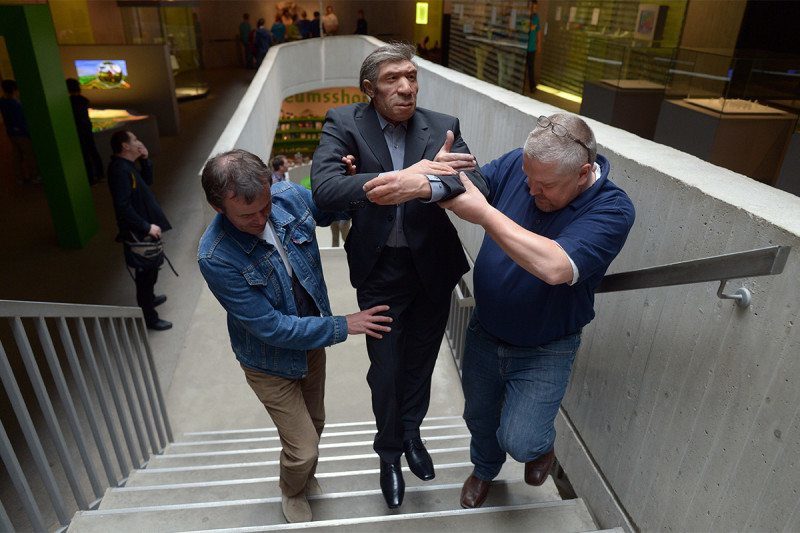
© DPA Picture Alliance Archive / Alamy Stock Photo
We could soon find out how the Neanderthal DNA many of us carry actually affects us. It turns out that stem cells, which have been hyped as a way to treat incurable diseases, can also be used to examine what Neanderthal genes do.
Since 2010 evidence has been growing that
many living people carry tiny amounts of Neanderthal DNA in their cells. It's been suggested that this Neanderthal DNA has all sorts of effects, from
our immune systems to
skin colour. But it's hard to be sure what it's really doing.
Now
Gray Camp and his colleagues at the Max Planck Institute for Evolutionary Anthropology in Leipzig, Germany say they have found a way to study how Neanderthal DNA works in living humans in unprecedented detail.
The key tool will be
stem cells, which unlike most cells are able to change their shape and function. Developing embryos use stem cells to create their tissues and organs, from neurons to muscle cells. Biologists have long dreamed of using stem cells to heal damaged or destroyed organs.
Camp focused on a particular type of stem cell, called induced pluripotent stem (iPS) cells. These are made by reprogramming adult cells, and can then be transformed into any kind of cell and
even simple tissues.
iPS cells have already been used to treat disease.The team found that
sections of Neanderthal DNA are common in the iPS cells now being generated in labs across the world.Neanderthal in a petri dishThat means we could discover why
some chunks of Neanderthal DNA seem to be beneficial to living humans.
"That's the hope," says Camp.
In principle, any chunk of DNA - including Neanderthal DNA - can behave differently in different tissues. But it's hard to find out, because tissue samples from volunteers normally come from just a handful of tissues. iPS cells get around this problem, because they can become any tissue we want.
Camp wants to systematically explore how Neanderthal DNA behaves in different tissues.What's more, growing the iPS cells into simple tissues should reveal whether Neanderthal DNA plays a role in our development. "The function of Neanderthal DNA [in
Homo sapiens] has never been explored at developmental time points," says Camp. The team has begun studying this.
Journal reference: bioRxiv,
DOI: 10.1101/309658

Comment: This is presuming that Neanderthal stem cells will behave in the way scientists expect them too. Because there is still so much we don't know about DNA and, after all, it wasn't long ago many scientists were proclaiming a huge portion of it to be junk!
- Latest epigenetic and 'junk' DNA research shows genes don't hold all the answers
- 'Satellite' junk DNA may actually be essential for human survival
- Scientists want to build human cells that are impervious to viruses
See also: